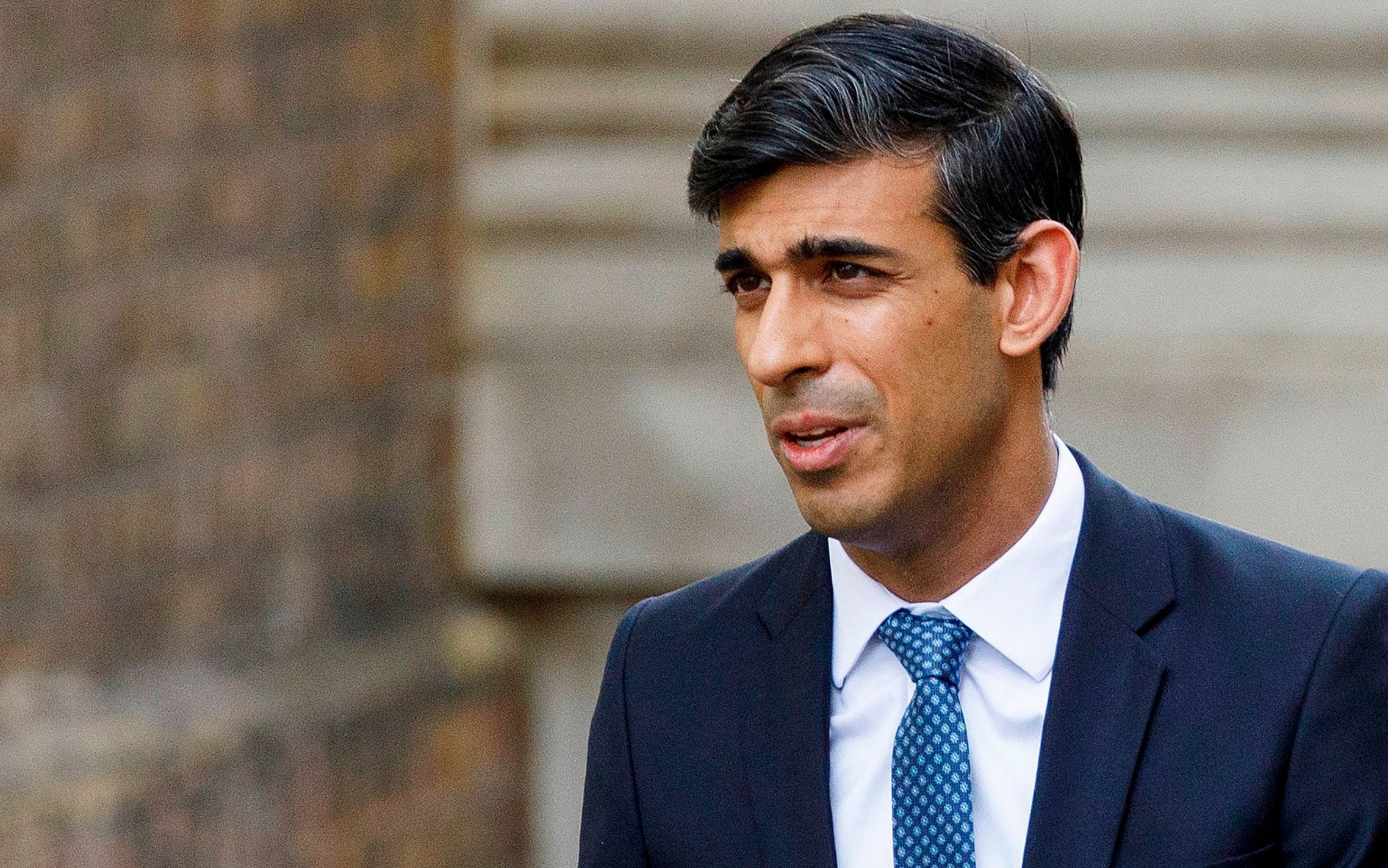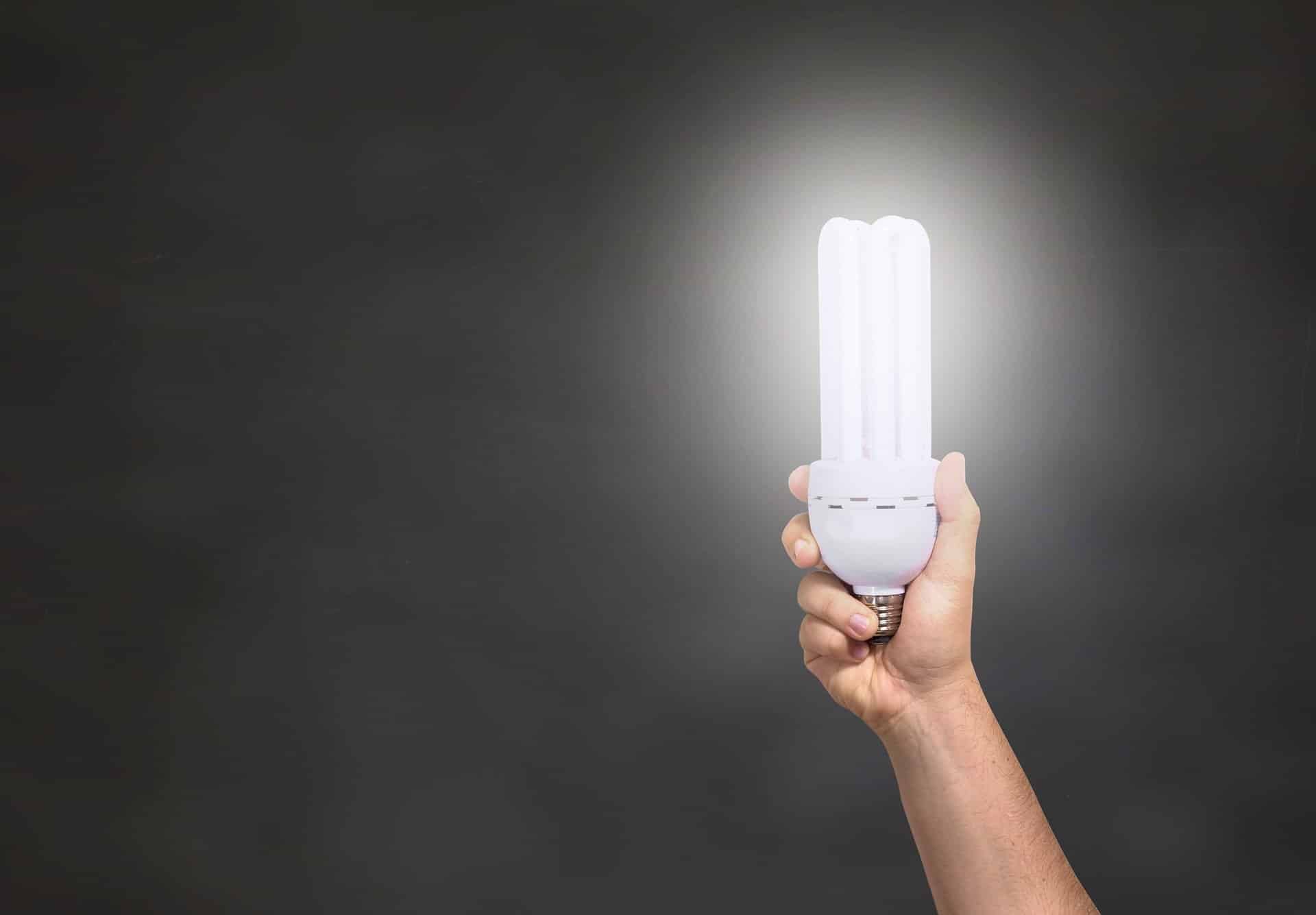A recent government-backed trial known as Vehicle to Grid Intelligent Control (VIGIL) was able to successfully use real-time data to demonstrate how electric vehicles can be used to balance the electric grid through distributed storage.
The project investigates how EVs can utilise a control system that takes advantage of real-time data to determine the rate of fluctuation in supply and demand for when EVs draw power from the grid. This could be used to either store surplus generated electricity or return energy back to the system.
The test took place on Aston University’s campus at two different sites. After a number of successful trials, researchers were able to better understand how bidirectional power can flow between EVs, electric networks and various buildings, these were all monitored in real-time.
The researchers involved in this technological undertaking hope that these control platforms will empower network operators with on-site renewable projects, in addition to EV owners to create their own local energy groups. This will enable drivers to access up to date information which can help them make better decisions on the optimal time to charge and discharge their electric vehicles.
The research was funded by the Department for Business Energy and Industrial Strategy (BEIS), the Office for Low Emission Vehicles (OLEV) and Innovate UK. Collaborators on the project include Aston University, ByteSnap Design, Grid Edge and Nortech Management.
The director of ByteSnap Design, Dunstan Power, said: “We believe that platforms like VIGIL are the future of energy management in tomorrow’s transport infrastructure based on electric vehicles.”
Vehicle to Grid (V2G) systems will prospectively assist the UK in the near future to balance the electricity grid. This will only become more important as the system will heavily depend on intermittent renewable sources. According to industry estimates, using EVs as distributed storage could decrease the cost of running the power system by more than £270 million by 2030. Additionally, this will also benefit the consumer, as the electricity bills of EV owners may also see a noticeable drop in price.
UK energy provider OVO already offers its customers smart V2G chargers, these obtain data from the firm’s ‘intelligent energy’ platform VChange, to inform customers when electricity rates are cheaper and when they are able to earn money by storing energy in the vehicle’s battery. Stephen Fitzpatrick, the founder of OVO, believes that chargers could ensure electric vehicle owners never have to pay to drive.
In 2018, he stated that “because electricity at peak times is about five times more valuable than off-peak, leaving just a fraction of that battery capacity as reserve power will mean customers using V2G will never need to pay for a mile of driving again”.
To energise the research and development of other V2G platforms, the UK government will be investing an extra £20 million. This will also look to support existing trials such as the VIGIL platform. Local authorities such as Nottingham City Council and Plymouth City Council are also embracing these new technologies through their own individual initiatives.
Afterall, it will take stakeholders within the industry and government to ensure these projects are realised sooner rather than later. The drive towards renewable and sustainable energy across the world will only accelerate research and development in the field, enabling millions to benefit in the years to come.





